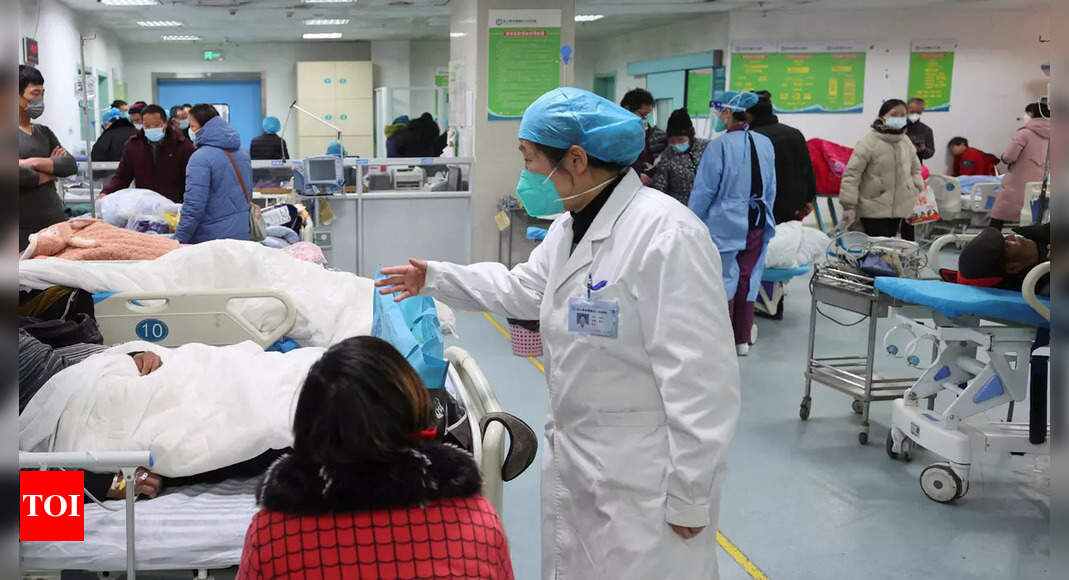As China confronts a notable surge in respiratory illnesses during its first full winter since lifting strict COVID-19 restrictions, health officials are taking decisive action to address the situation. Amid concerns and scrutiny, the World Health Organization (WHO) sought information from Chinese authorities following reports of clusters of undiagnosed pneumonia in children. However, a health official has clarified that the spike is linked to known pathogens, with no signs of new infectious diseases.
The country’s move to ease pandemic measures at the end of the previous year has contributed to the rise in respiratory cases, a phenomenon not unique to China. Many other nations like the United States experienced similar increases in respiratory diseases after lifting stringent COVID-19 restrictions. Health experts both within and outside China have not expressed alarm, viewing the situation as a consequence of the relaxation of pandemic measures.
Respiratory illnesses have taken the spotlight, prompting health authorities to implement a multifaceted strategy to manage the surge. The National Health Commission of China, represented by official Mi Feng in a recent press conference, outlined several measures aimed at mitigating the impact of respiratory infections.
One of the key initiatives is the opening of additional paediatric outpatient clinics. This move recognizes the vulnerability of children to respiratory illnesses and aims to enhance medical accessibility for this demographic. By expanding healthcare services dedicated to children, authorities hope to promptly diagnose and treat respiratory infections in this age group.
Furthermore, the health authorities are intensifying efforts to ensure that more elderly individuals and children receive flu vaccines. Vaccination campaigns have proven to be effective in preventing the spread of respiratory infections, and the focus on vulnerable populations aligns with a targeted public health approach. In a bid to create robust immunity against influenza, the campaign aims to reduce the severity of illness and alleviate the burden on the healthcare system.
Public health campaigns are being rolled out to encourage the population to adopt preventive measures such as wearing masks and practicing regular hand hygiene. These simple yet effective measures have proven instrumental in curbing the transmission of respiratory infections, including influenza and the common cold. By fostering a culture of preventive healthcare, China aims to empower individuals to play an active role in safeguarding their well-being and that of their communities.
While the spike in respiratory illnesses has understandably raised concerns, the measured response from Chinese health authorities reflects a nuanced understanding of the situation. The collaboration between domestic and international health experts ensures a comprehensive approach to managing the surge in respiratory infections. The emphasis on known pathogens as the cause of the increase provides reassurance to the public and underscores the importance of evidence-based decision-making in public health.
As China navigates through the challenges of the winter season, health officials are closely monitoring the situation and adapting strategies as needed. The proactive measures, including the expansion of healthcare services, vaccination campaigns, and public awareness initiatives, showcase the nation’s commitment to effectively managing health challenges. By addressing the surge in respiratory illnesses head-on, China aims to safeguard the well-being of its citizens and set an example for evidence-based, proactive public health management during challenging times.



